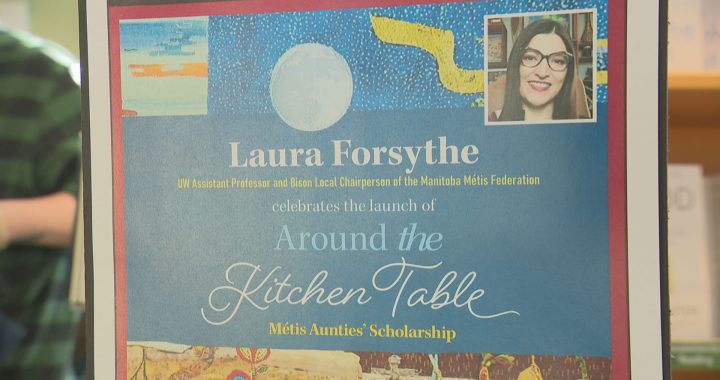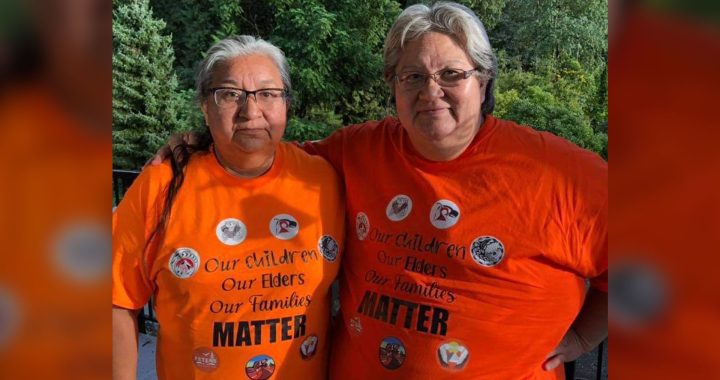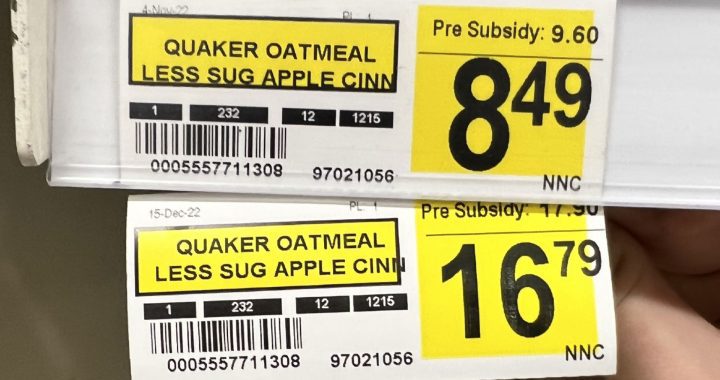A team of Indigenous law students have built Canada’s first registry of wrongful convictions.
Their database, which went live this week, confirms that mostly white, middle-class men have been exonerated so far.
“It does not reflect the most vulnerable people in the prison population,” said Amanda Carling, a Métis lawyer and member of the registry team from the University of Toronto Faculty of Law.
“We hope this generates conversation around who is being exonerated and who isn’t.”
The team said it took five years and dozens of volunteer researchers to collect, clean and collate the data used to create The Canadian Registry of Wrongful Convictions.
The registry identifies 83 wrongful convictions, 16 of which represent Indigenous Peoples.
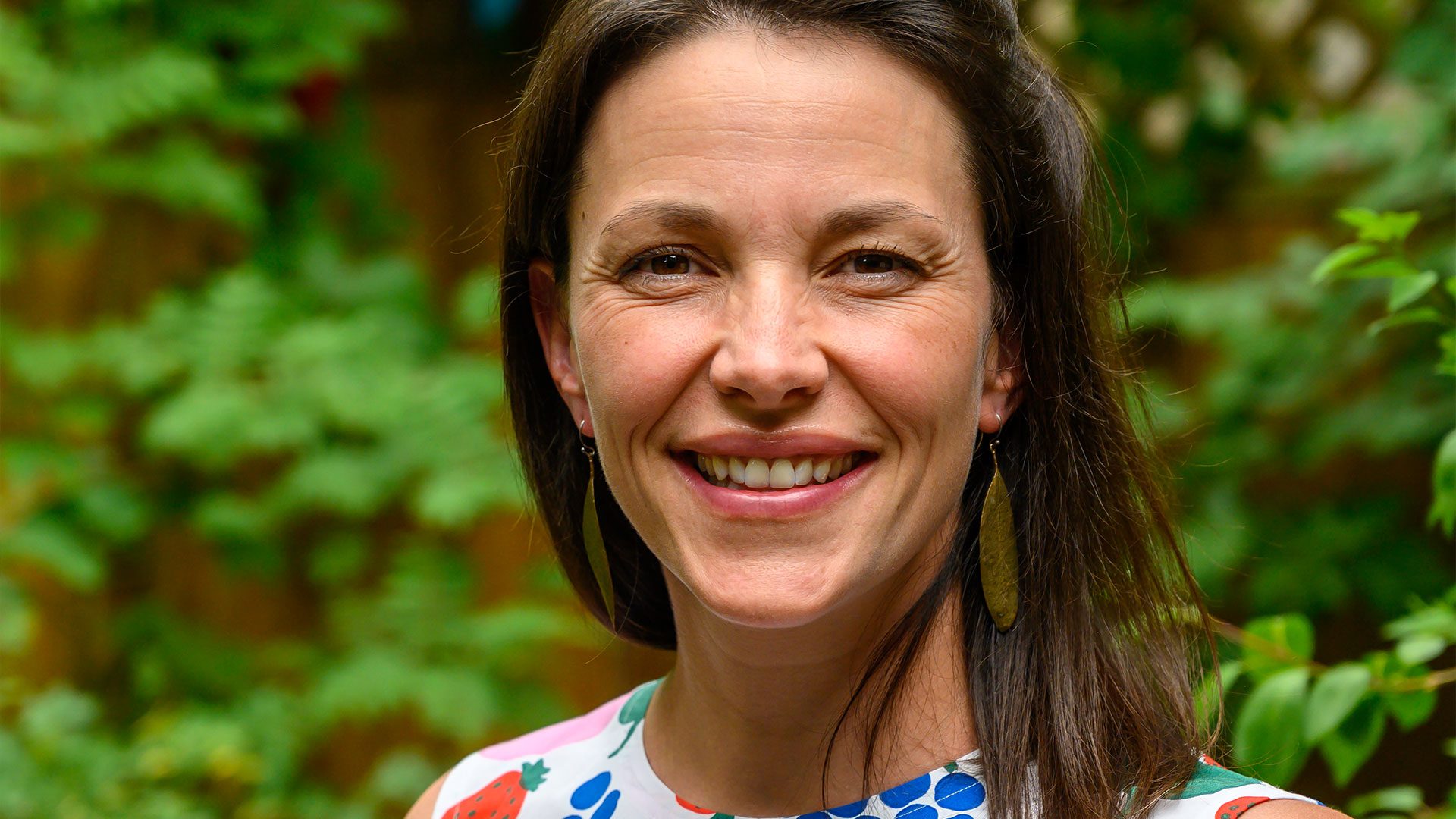
“That’s why the logo for the registry is a mountaintop,” explained law professor Kent Roach, “because we’re trying to reveal a little bit more of the tip of that iceberg.”
The registry was built using publicly available court information and includes cases that received a remedy such as being freed by a court or the federal minister of justice.
The names Canadians commonly associate with wrongful convictions are there – Guy Paul Morin, David Milgaard, Donald Marshall and Steven Truscott – along with 79 others.
But, added Roach, “…We’re under no illusions that there are lots more people below the surface who are literally trying to get out from under water and start this long climb to having their wrongful convictions corrected.”
The team said it was inspired to build the registry by reporting on Indigenous exonerees Connie Oakes and Clayton Boucher by APTN News.
Oakes, a Cree woman from Nekaneet First Nation in Saskatchewan, was on her way to prison before APTN started looking into her case. Medicine Hat police had zeroed in on Oakes and despite the Crown having no evidence, took her case to trial. The Alberta Court of Queen’s Bench eventually exonerated Oakes and her co-accused Wendy Scott.
Boucher, a Métis man from Alberta, was arrested without the police having the evidence to charge him. APTN revealed he spent 90 days in jail despite the Crown having evidence to clear him of the crime of dealing drugs.
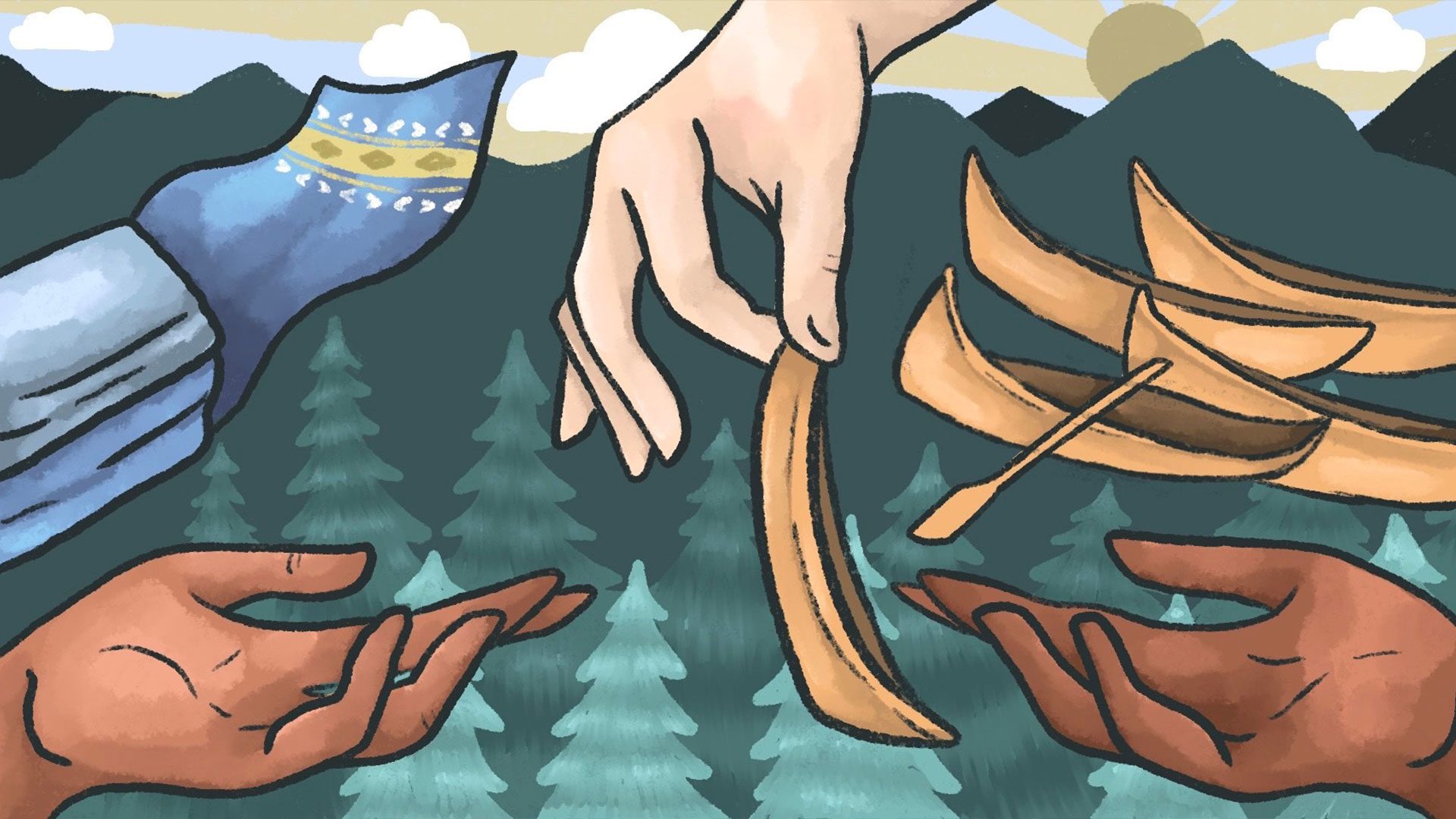
Carling, who co-taught a wrongful conviction class with Roach and is now CEO of the BC First Nations Justice Council, said APTN’s stories raised questions about wrongful convictions.
“Our system is just as racist [as the Americans’],” she said, “that’s why we needed to make this database.”
Indigenous Peoples in Canada represent approximately four per cent of the general population and 37 per cent of most provincial, territorial, and federal institutional populations.
“Part of the problem, and we’ve seen this in the Connie Oakes’ case, is that [society has] created this kind of myth that the victim of wrongful convictions has to be someone who is an idealized version,” said Roach.
“That there’s nothing in their past that might have attracted suspicion. And that’s a very unrealistic thing.”
Milgaard, a wrongful conviction advocate who died last year, wanted a faster and easier system for innocent people to get their applications reviewed and their release approved.
On Feb. 16, federal Justice Minister David Lametti announced David and Joyce Milgaard’s Law [Bill C-40] to create an independent commission to review wrongful convictions and replace the lengthy ministerial review process.

While the reform is important, Carling said it reflects what went wrong in a white man’s case and won’t necessarily help racialized people who pleaded guilty to crimes they didn’t commit unless they are able to vacate their plea and exhaust all appeals.
The team hopes its database, while modelled on the U.S. and U.K. databases, will draw attention to access to justice issues in the Canadian innocence movement.
“Our data set has shed light on many cases that have received little or no media attention. Cases of Indigenous and other racialized people, of people living with cognitive disabilities, of women and more,” added Carling.
“We have also created a timeline of miscarriages of justice to capture issues and cases that fall outside the database but are equally worthy of the public and lawmakers’ attention: the Supreme Court of Canada’s 1969 decision in the case of Lawrence Brosseau, the 1928 conviction of Chief Syilliboy for hunting muskrat, and the 1864 hanging of the Tsilhqot’in Chiefs, among others.”
Roach said to be included in the database, the cases had to be where someone was convicted or pleaded guilty and – on either the first or second appeal – new evidence was introduced that led to an acquittal or order for a new trial [that was never held because the prosecution didn’t see a reasonable prospect of conviction].
Editor’s note: The story has been corrected to reflect the accurate number of wrongful convictions for Indigenous Peoples at 16, not 24.




